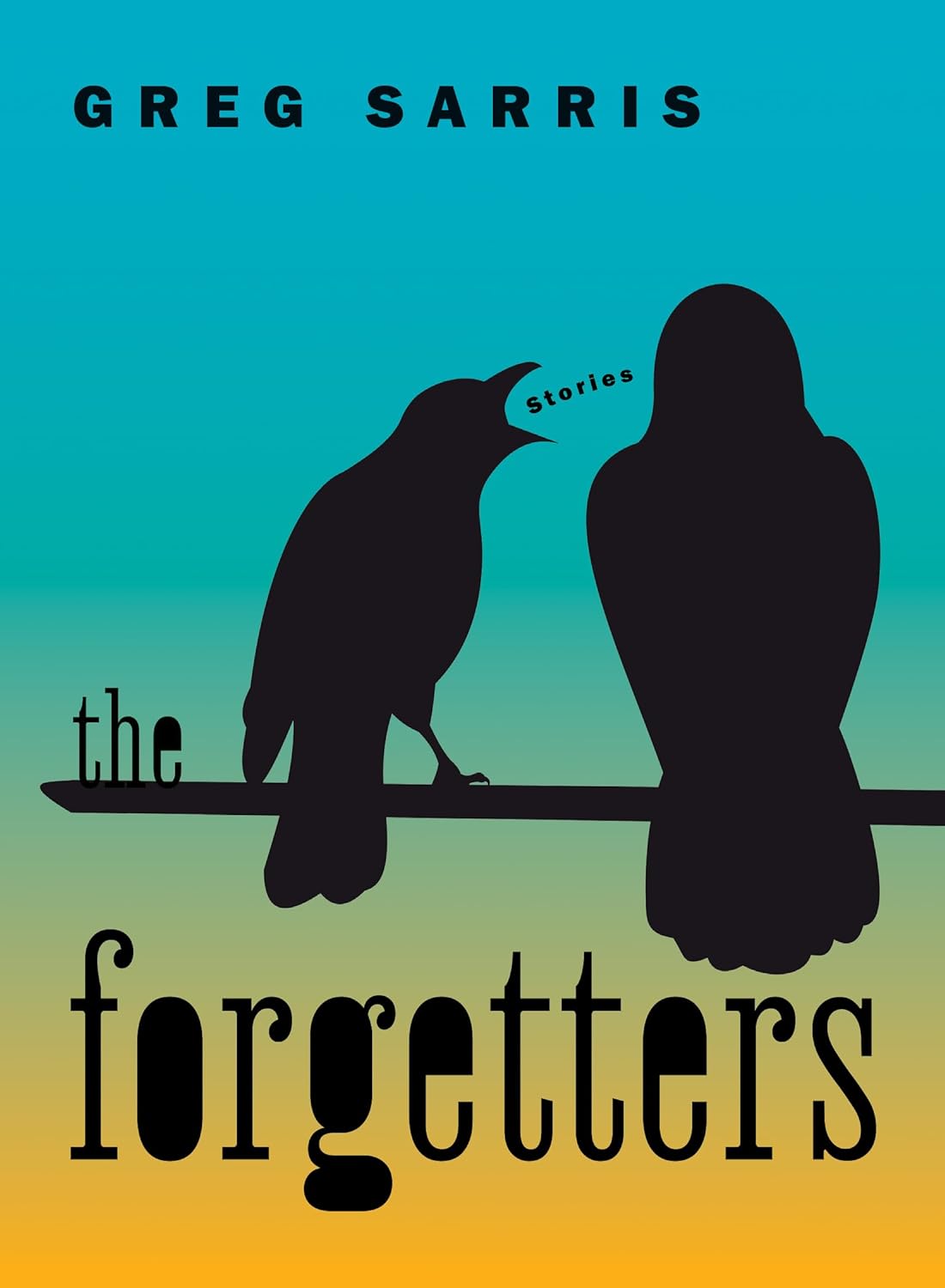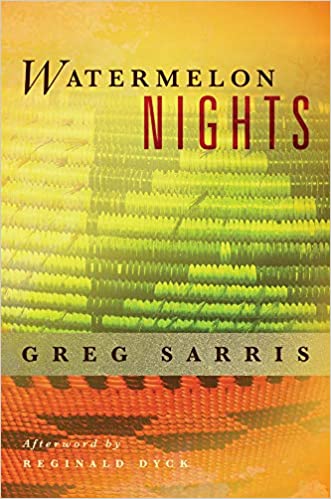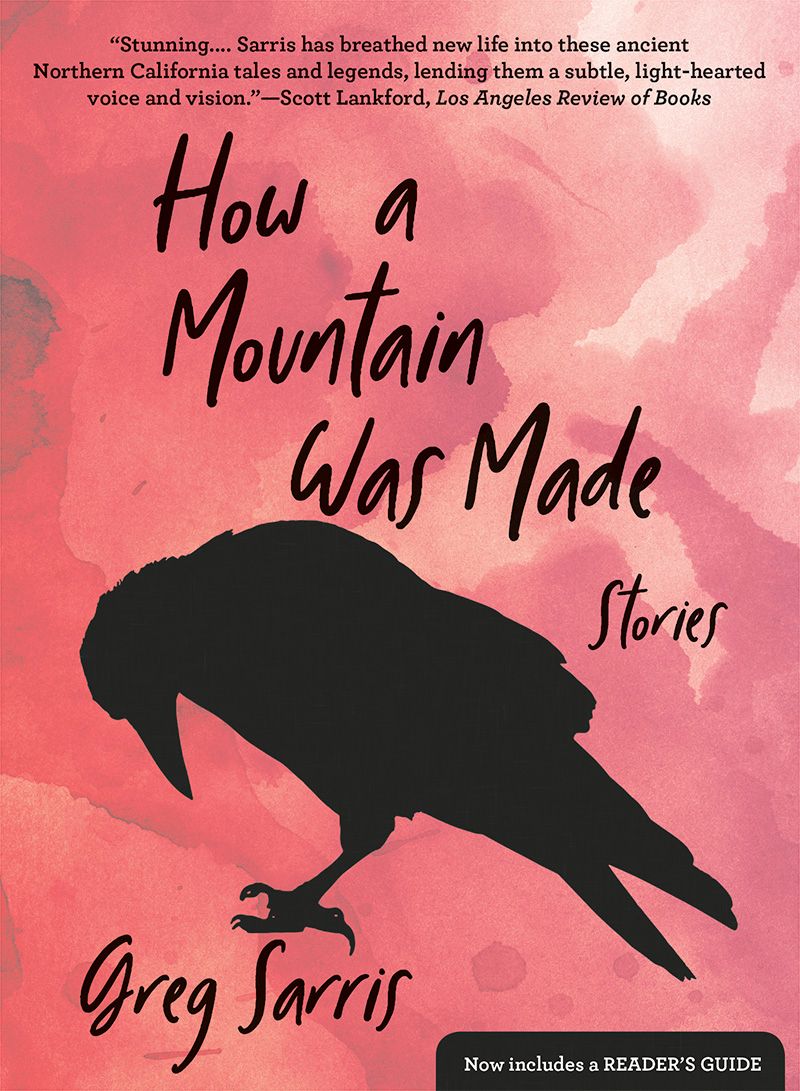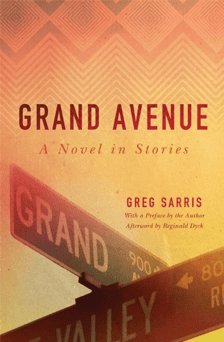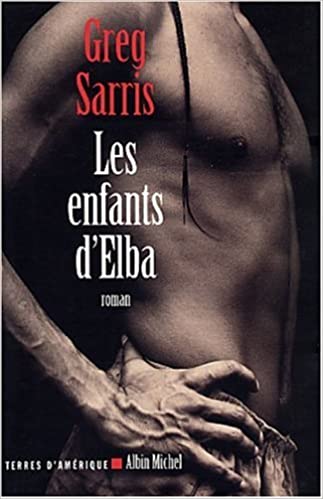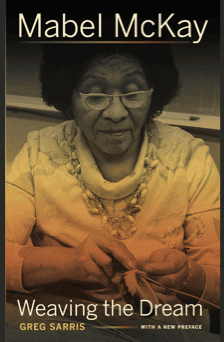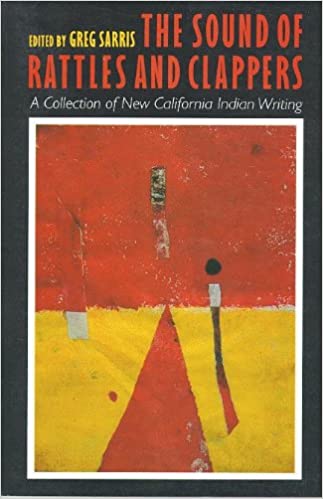Stories
/
Apr 16 2024
The Forgetters
Perched atop Gravity Hill, two crow sisters—Question Woman and Answer Woman—recall stories from dawn to dusk. Question Woman cannot remember a single story except by asking to hear it again, and Answer Woman can tell all the stories but cannot think of them unless she is asked. Together they recount the journeys of the Forgetters, so that we may all remember. Unforgettable characters pass through these pages: a boy who opens the clouds in the sky, a young woman who befriends three enigmatic people who might also be animals, two village leaders who hold a storytelling contest. All are in search of a crucial lesson from the past, one that will help them repair the rifts in their own lives. Told in the classic style of Southern Pomo and Coast Miwok creation stories, this book vaults from the sacred time before this time to the recent present and even the near future. Heralded as a “a fine storyteller” by Joy Harjo, Greg Sarris offers us these tales in a new genre of his own making. The Forgetters is an astonishment—comforting and startling, inspiring reveries and deepening our love of the world we share.
Buy Now